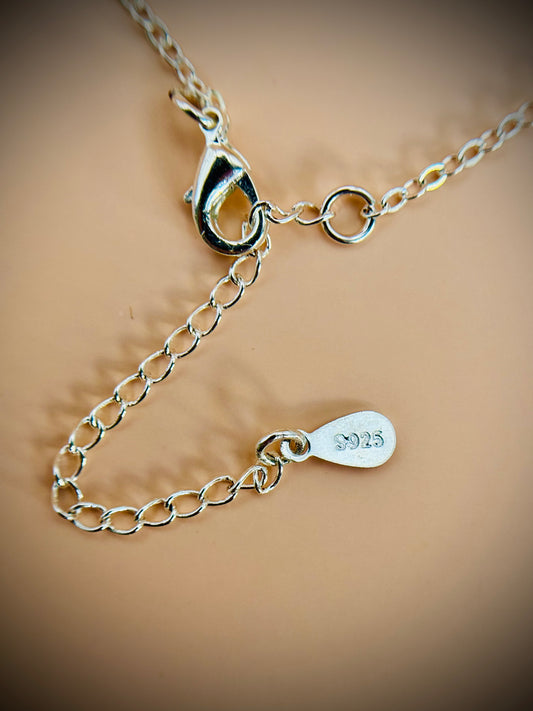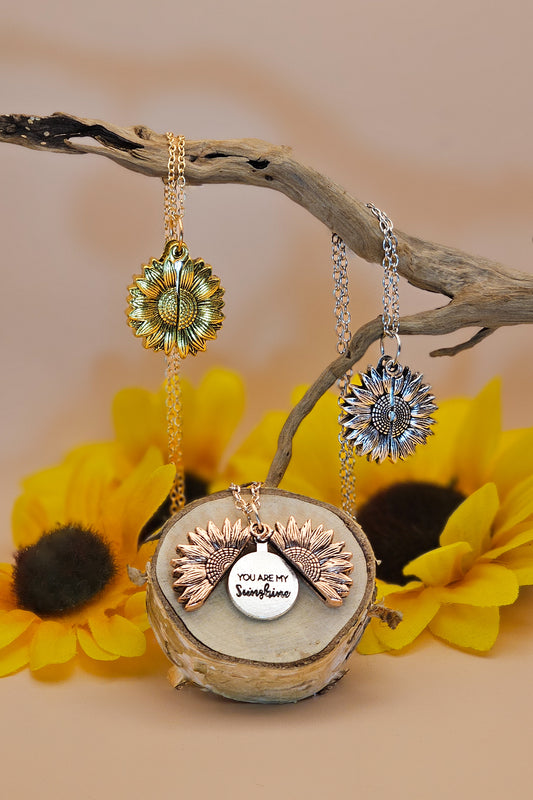Think about the bond between bees and flowers. It is a natural conclusion that aromatherapy is something bees will enjoy.
Researchers wondered if bees could be guided toward certain crops based on the power of scent. After all, bees remember foods by their smell. They found that honeybees are better pollinators after they go through scent training.
Bees have a particular passion for wildflowers that are close by. This can be a problem for farmers who rent honeybees for pollination of plants like blueberries, almonds and sunflowers. They live in hope that the bees will stay busy pollinating the flowers so there can be abundant crop yields. But too often, the lure of wildflowers leads bees off the job.
In order for bees to be good pollinators of a crop, their hive should be happy in its environment. That means timing is everything, and the hive needs to be on the farm before the crop blooms. If crops are late bloomers, the rented honeybees may abandon their duties and take off to the sweet nectar of the nearby wildflowers.
This 4:46-minute video by Katy Boyd is Foraging Behavior in the Honeybee:
In a recent report in the journal Current Biology, biologist Walter M. Farina at the University of Buenos Aires and his colleagues have arrived at a solution to this problem with scent.
Dr. Farina knew from work he had done previously that hives remember the scents of food they have collected in the past, and that this could bias where bees prefer to forage.
This caused them to wonder if they could guide bees to specific crops by inserting the scent of that crop into the hive, so it would give them a memory of food they never foraged.
Over a six-year period, Dr. Farina and his colleagues placed scented sugar water into hives that were positioned beside Argentine sunflower farms. Sometimes the hives received water laced with sunflower fragrance.
As a control, some were given water laced with jasmine. Researchers put colored powder at the entrance of each hive, so bees exposed to sunflower scent were blue and those with jasmine were pink to keep track of bees exposed to different solutions.
Dr. Farina and his team got very creative in ways to study how the bees were responding. They monitored the insects by installing transparent walls in hives and recorded bees doing the waggle dance, which tells their hive mates where the good food is. The team studied the dances to know where the bees were foraging.
In addition, they positioned pollen traps inside the hives that collected pollen grains off the bees returning from a foraging trip and took it to the lab for identification. They even went into the sunflower fields to capture foraging bees so they could note whether they were blue or pink.
Results were crystal clear. A variety of measurements suggested that the sunflower scent definitely had the impact of increasing crop pollination. It was confirmed when farmers reported their yields. Fields adjacent to hives that received the sunflower solution produced 37% to 61% more sunflower seeds than fields next to jasmine hives.
Other entomologists have praised the work, because it is real work being done in real fields, not just in the lab. The findings are incredibly encouraging.
The results of this study can be good news for more than farmers alone. Wild pollinators like mason bees, bumblebees and carpenter bees often struggle when exposed to competition from rented bees.
This scent-centric technique may keep rental bees focused on crops and relieve some pressures native pollinators live with, according to Dr. Farina. Studies should be carried out on these other pollinators as well.








